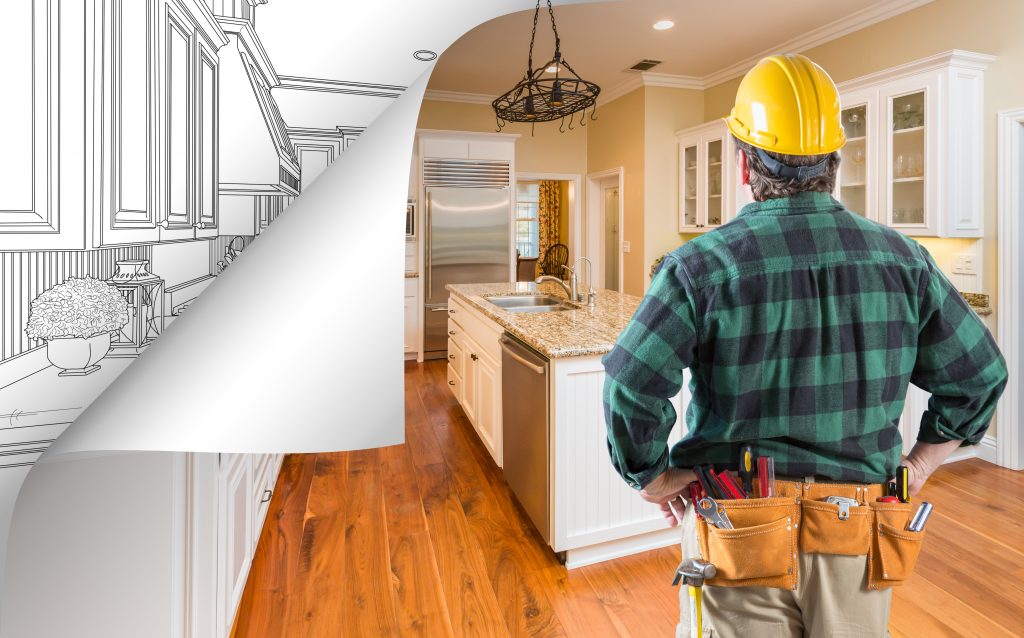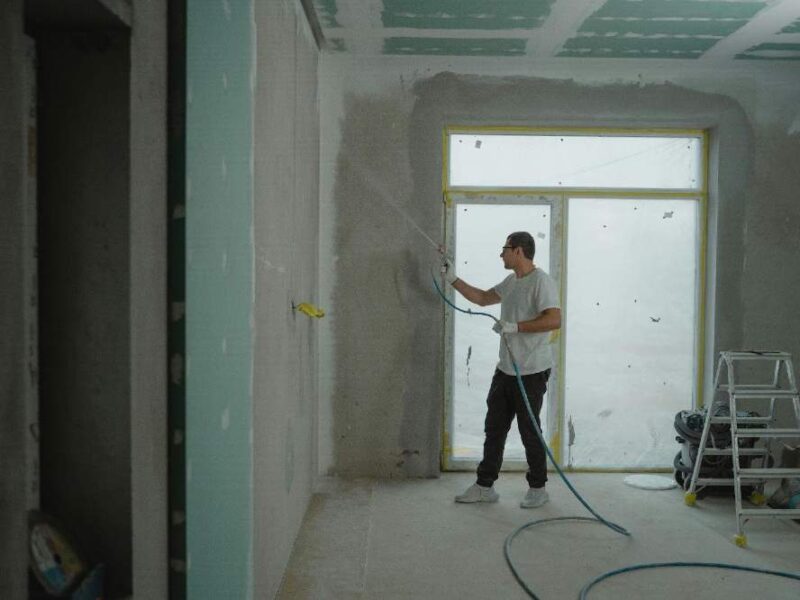One strategy to boost your wealth is to start a house-flipping business. Buying a ‘fixer-upper’ means investing in a home that needs extensive work to make it habitable again. Following its acquisition, you will do the necessary repairs and upgrades in preparation for placing it on the market for sale. And, of course, the selling price would be higher than the original price when you purchased it.
House flipping also refers to purchasing a property to sell for a higher price at a later date. The key to success in the house-flipping business is to buy at a discount and resell for a profit. Doing so allows you to maximize your profits and build your wealth.
That said, if you’re considering this real estate venture, here are some viable steps to follow:
1. Create A Business Plan
Like any other industry, house flipping necessitates a well-thought-out business plan. For one thing, it serves as a road map to achieve your business objectives, the project’s profitability, and competition evaluation. In addition, you’ll need to present a business plan when applying for financing at Security America Mortgage and other financial institutions offering various loans. Lenders will be more willing to back your venture if they feel confident in its potential and can assess your company plan as a low-risk investment.
2. Find Financing
Applying for a loan from a financial institution is an excellent way to get your business off the ground. However, the interest payments on a loan might significantly eat up your profits. That’s why you’ll need to make sure you can sell the property immediately to pay off your loan as soon as possible.
Using cash instead of traditional financing gives you more bargaining power when making offers on desirable properties in popular locations. While this is possible, you must understand how much it can cost to buy and repair fixer-uppers. It means you must consider all the expenses you may incur, from the point of purchase to putting the property on the market.
Furthermore, the 70% rule is a valuable benchmark to aim for. If you think repairs will cost more than 70% of the home’s after-repair value, it would be best to look for another property.
3. Look For Suppliers And Contractors
Since the properties you may be buying require renovation or repairs, especially fixer-uppers, you need to hire professional teams. These include electricians, plumbers, and other contractors. You also need a general contractor to oversee the project and reliable suppliers within your budget. With them, you have a better chance of making a profit from your house-flipping venture by renovating the property into a more marketable and financially feasible home.

Moreover, it’ll be easier for you to continue your business operations since you no longer have to find different teams every time a new project arises. Once you have a team of professionals to help with your business, you can use the time you saved from finding new contractors to give more time to the other important aspects of your business, such as marketing.
4. Identify Potential Properties To Fix And Flip
Most importantly, it would help if you looked for properties you can fix and flip. You can do so by evaluating properties you’ve searched and visited. Then, by determining the property market value of every house on your list, you may gauge the potential return on investment (ROI) from each property. You must also give considerable thought to the state of the real estate market, the area in which the property is located, and other external factors that may have an impact on the property’s value, such as:
- Property Size: Adding square footage to a property is more intensive than removing non-load-bearing walls. Thus, you should check if the property has a good floor plan.
- Structural Issues: While you can repair these issues, they could lead to an unprofitable flip since they cost thousands of dollars. Also, they can be time-consuming, which is counterproductive when flipping houses since you want to place them on the market as soon as possible.
- Nearby Amenities: Amenities near the properties, such as shopping centers, restaurants, schools, libraries, and parks, are more attractive to home buyers. If you want to attract more potential buyers, find properties with good amenities nearby.
Conclusion
The house flipping business is one of the most common ways to enter the real estate business. However, you must know how to start one to avoid committing costly mistakes while running your business. You can do this by having a business plan, finding reliable financing, hiring teams of professionals, and choosing suitable properties to flip and fix. Keep in mind that when you have a solid foundation and strategic planning, you can increase the profitability of your business.



